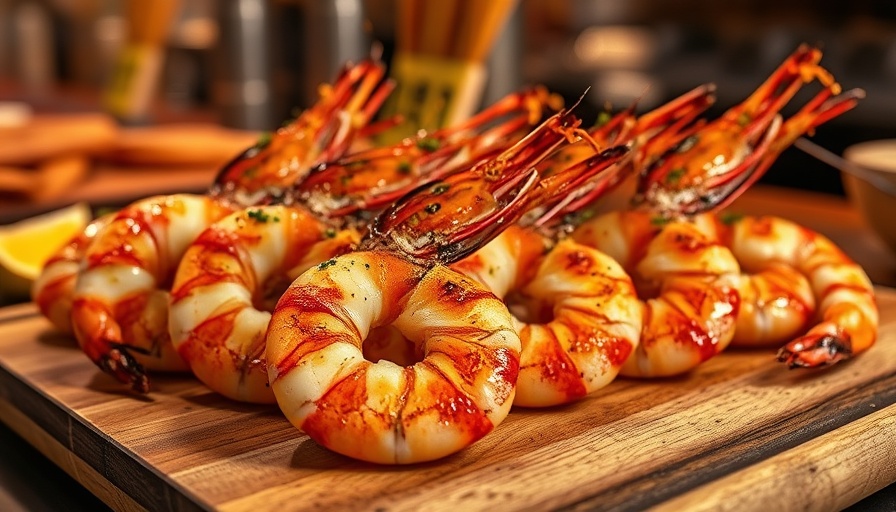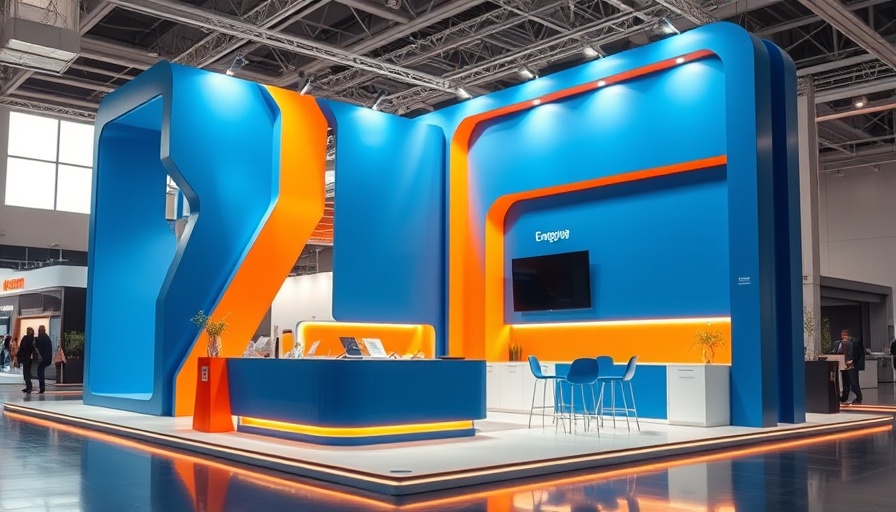
The Growing Trend of Indoor Aquaculture
In recent years, the culinary world has witnessed a fascinating turn of events as the most popular seafood in the U.S. has transitioned from ocean waters to indoor pools found across the country. This shift doesn’t just represent a change in sourcing seafood; it embodies a broader trend toward sustainable and eco-friendly farming practices. Imagine hundreds of indoor pools, filled to the brim with shimmering fish, where they thrive in controlled environments—this is no longer mere imagination, but rather, the future of seafood production.
Why Indoor Pools for Seafood?
Indoor aquaculture restores the delicate balance between seafood consumption and environmental preservation. Traditionally, overfishing and pollution have threatened marine ecosystems, prompting the need for innovative solutions. By farming fish such as tilapia and certain types of salmon in indoor pools, producers can monitor water quality, reduce disease spread, and optimize growth conditions. This method also alleviates the stress of transporting seafood over long distances, ensuring that we enjoy fresher fish right from our local area.
A Culinary Evolution: What's On the Plate?
Parents and foodies alike will be excited to know that this pioneering approach to seafood farming brings extraordinary freshness to the dinner table. New culinary delights emerge as chefs infuse these sustainably farmed fish into their menus, creating mouth-watering dishes that not only taste great but are also ethically sourced.
Cultural Impact and Community Engagement
This transformation in seafood sourcing is redefining our culinary landscape and redefining community relationships with food. Various urban aquaculture projects invite local residents to get involved, providing educational programs about sustainable practices and offering opportunities to participate in the farming process. It encourages a sense of ownership and enhances community ties, which is especially appealing to parents looking to raise environmentally conscious children.
The Future of Seafood Farming
As new technological advancements emerge, the future of indoor aquaculture looks promising. With automation, AI, and innovative water management systems, these indoor farms can ensure higher production efficiency and lower environmental footprints. This evolution could potentially reshape the way we think about food sourcing, making sustainability a default choice rather than an alternative.
To ensure the tastiest seafood not only remains a staple at our dinner tables but is accessible for future generations, we should embrace these exciting changes in how our food is produced. By supporting local aquaculture endeavors, we can enjoy great flavors while nurturing our planet.
So the next time you sit down to a seafood feast, take a moment to appreciate the journey from the indoor pool to your plate—and perhaps explore the local aquaculture ventures in your area!
 Add Row
Add Row  Add
Add 




Write A Comment